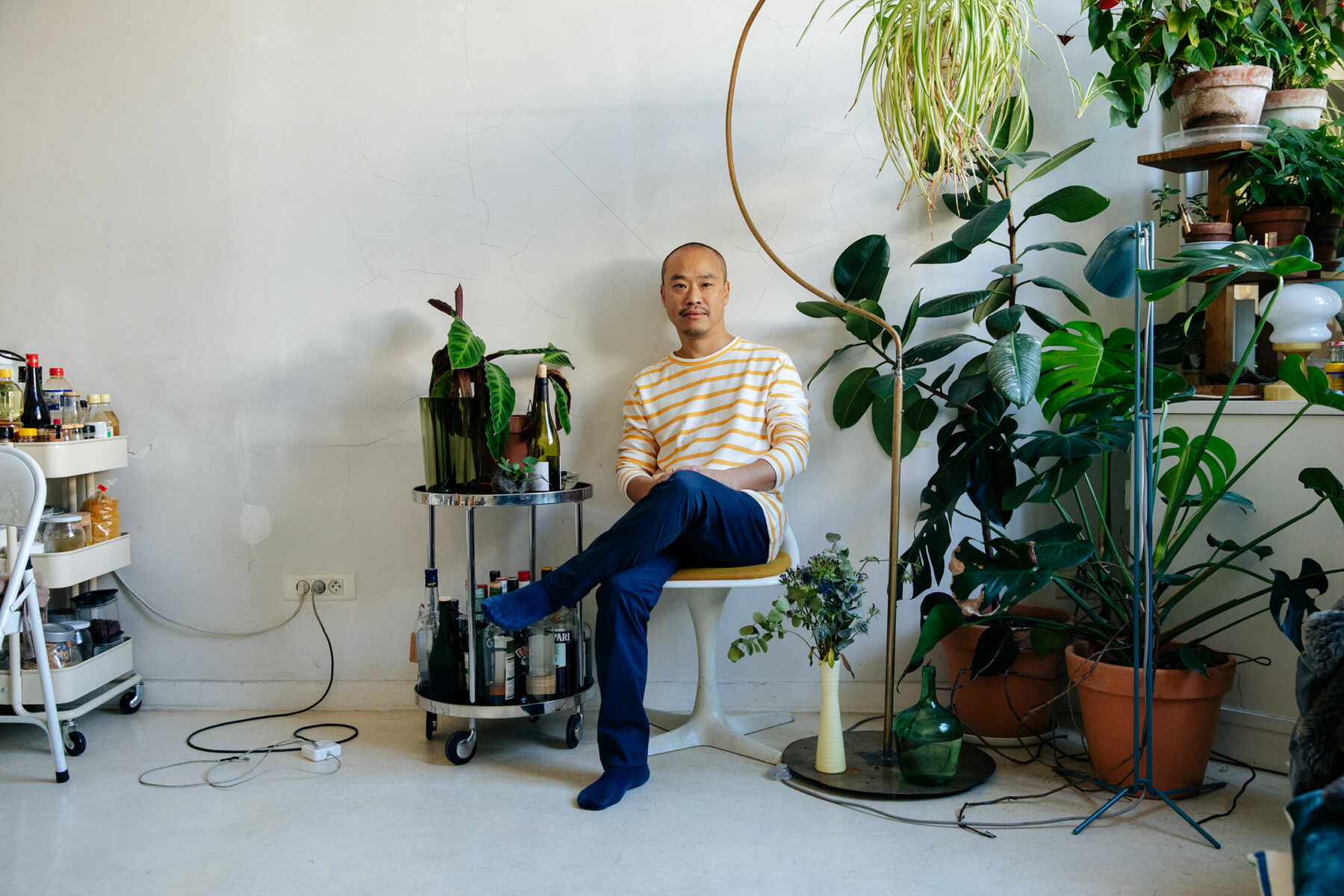Galerie Joseph Tang is the living proof that cultivating a horizontal hierarchy is not at odds with operating a thriving commercial art venture, and that working on a small scale can be a strength rather than a handicap.
In a world obsessed with growth, being content with remaining small is a rarity. Startups want to be scalable, restaurants want to franchise, and brands want to go global. The art world is no different: it is a common assumption that all commercial galleries want to turn into the next mega-gallery—and for the most part, it tends to be true. If you’re going to enter the art world, why not strive to compete with its biggest players? According to Paris-based gallery owner Joseph Tang, it’s because you won’t survive the journey and might lose yourself along the way.
Tang is of the mind that commercial galleries operate within a two-tier market system: “There’s a tier with the Gagosians of the world, with their brand, their selling points, and their price ranges, which are completely different from ours,” says Tang. “I find that we have different motivations for doing what we do. And at art fairs we’re literally on different floors; our market exists on a different level, we structure differently and go for a different set of people.” In other words there’s the mega-galleries and then everyone else, and at the core of Galerie Joseph Tang is the belief that if you acknowledge and accept your position as a second tier gallery rather than obsess over your potential to join the ranks of the first tier, then you can focus your energy on achieving what Tang calls “existential growth” rather than exponential growth.

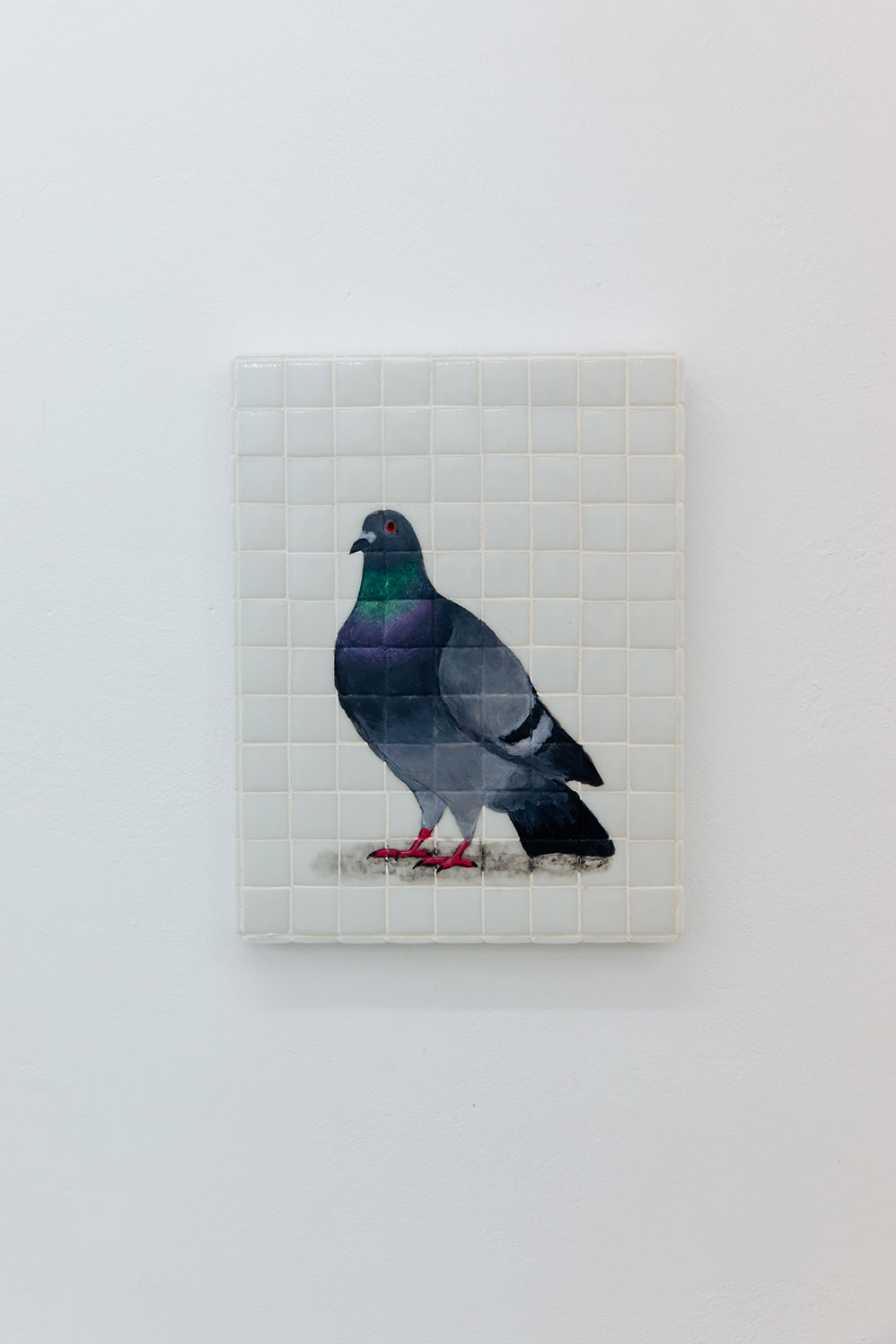
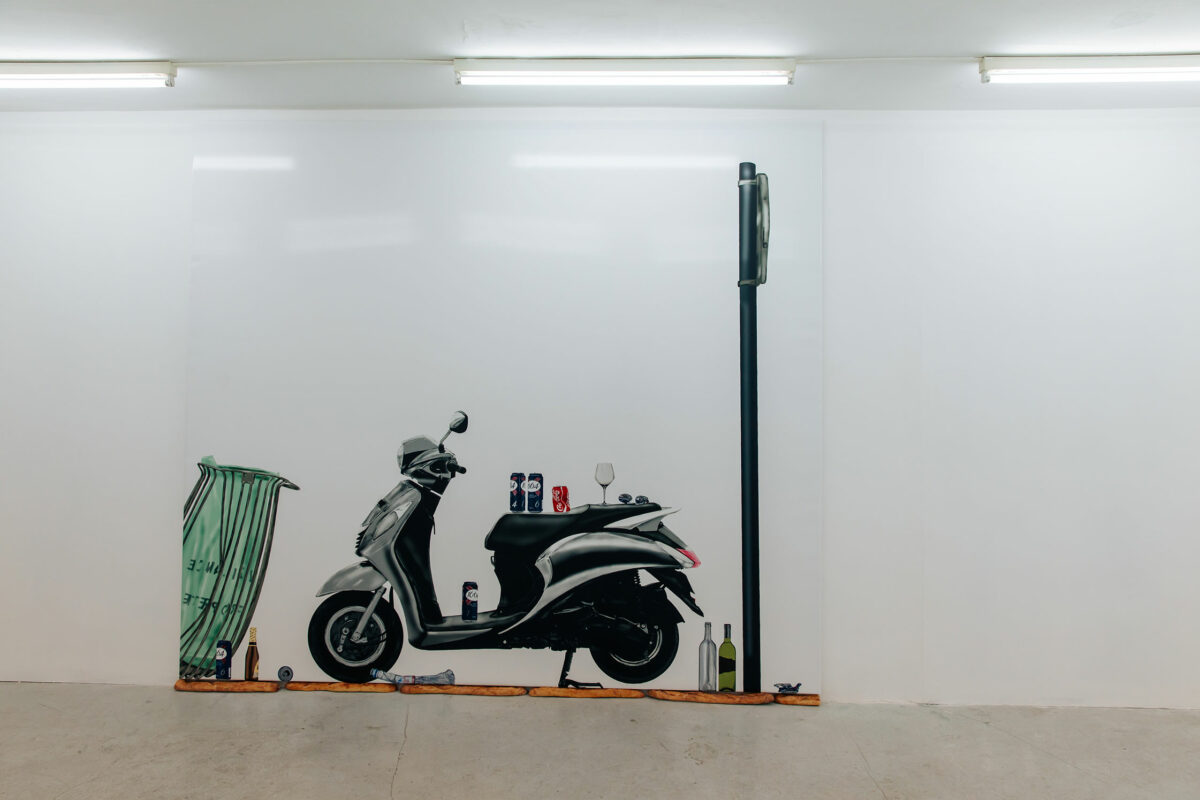
“I place more importance on discussing projects and strategies with artists rather than on finished works… it’s more important to have the right vocabulary first.”
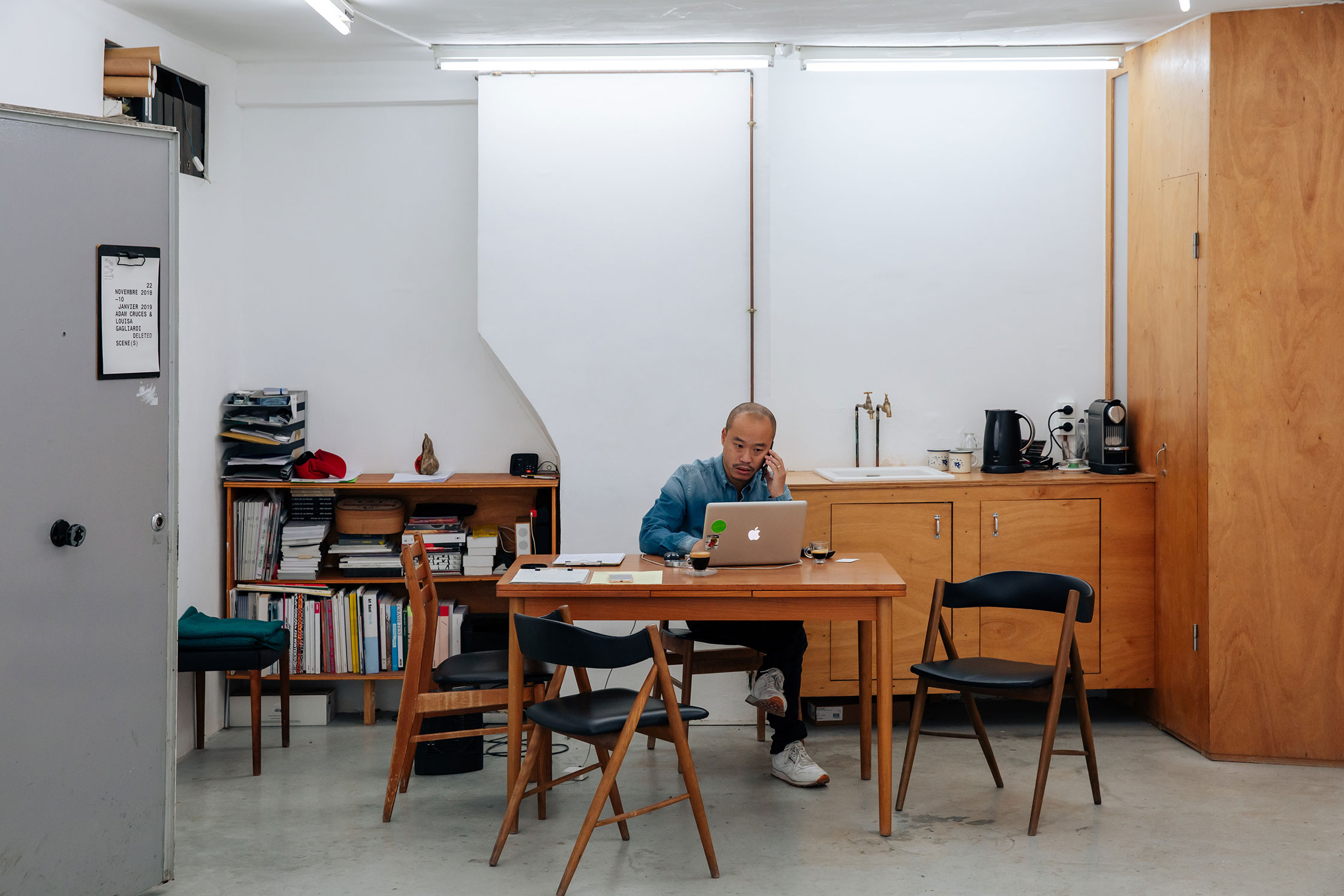
This philosophy manifests itself in several ways within Tang’s eponymous gallery. To begin with, he is reticent to call himself an art dealer even though that is indeed part of his job. “I think there’s been a flattening of the perceived hierarchy within the structure of galleries, which sometimes makes me feel that the term ‘art dealer’ no longer applies,” he explains. “The collaboration on production and the support-driven system that’s developing is very different from the notion of buying and selling art,” he adds. Since Tang works with emerging artists, his priority is to help them evolve and enter the professional market: “I place more importance on discussing projects and strategies with artists rather than on finished works that are for sale. I feel that eventually the finished works will come, but it’s more important to have the right vocabulary first.” In stark contrast to mega-galleries that operate like production houses where artists are sometimes treated like money-making machines, Galerie Joseph Tang allows artists to find their rhythm and work at a slower pace—the environment where the art is produced is as important as the finished art piece itself.
The flattened hierarchy at Galerie Joseph Tang, which translates to a communally-oriented atmosphere also extends to Tang’s laissez-faire attitude toward artist retention. Unlike most gallery owners, Tang is not possessive of his artists, even encouraging them to work with other institutions simultaneously. “Go do whatever you need to do” is how he sees it. “Galerie Joseph Tang has an index of artists on its website, but we don’t represent them—we work together with the artists but there’s no expectation of exclusivity, quite the contrary.”
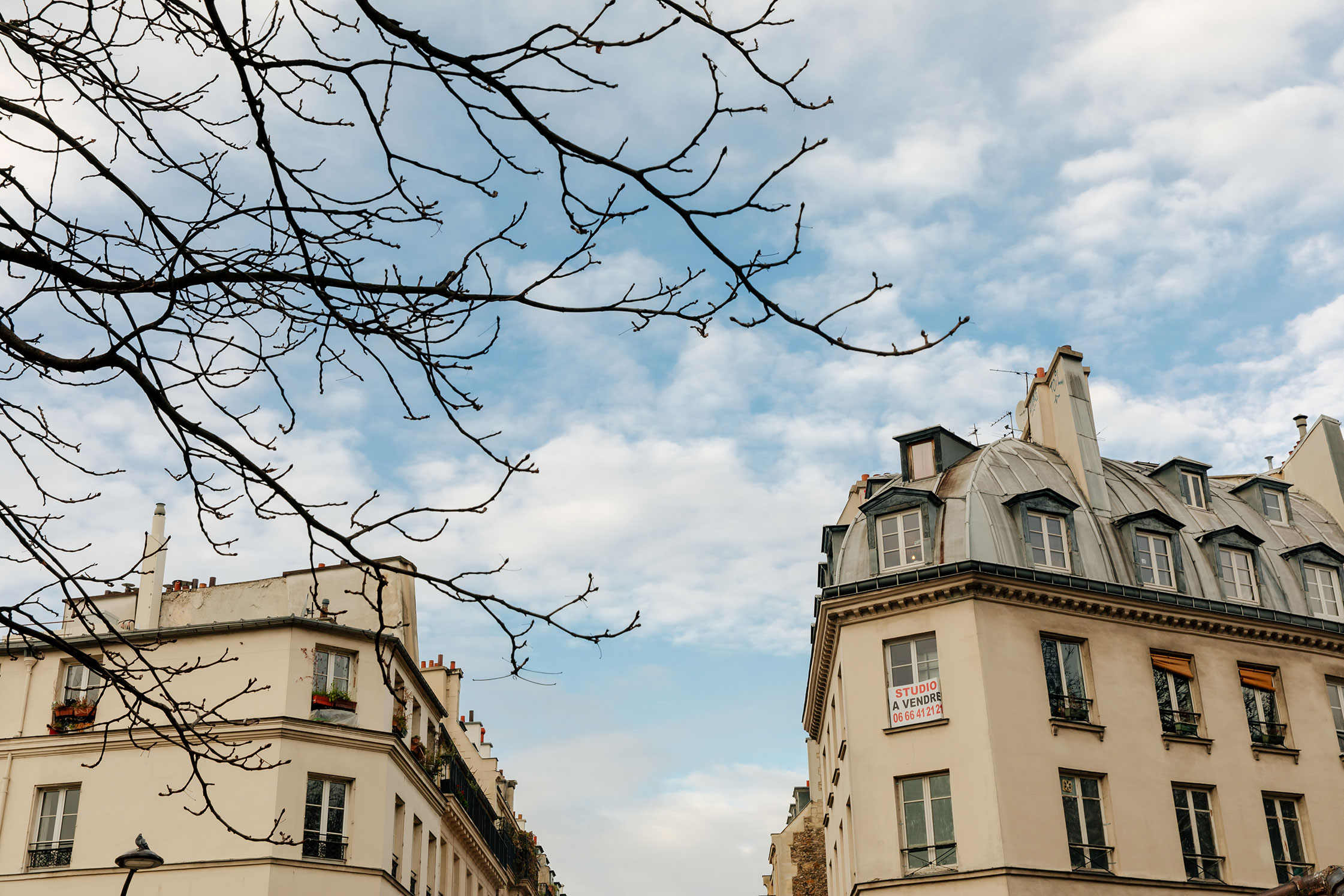
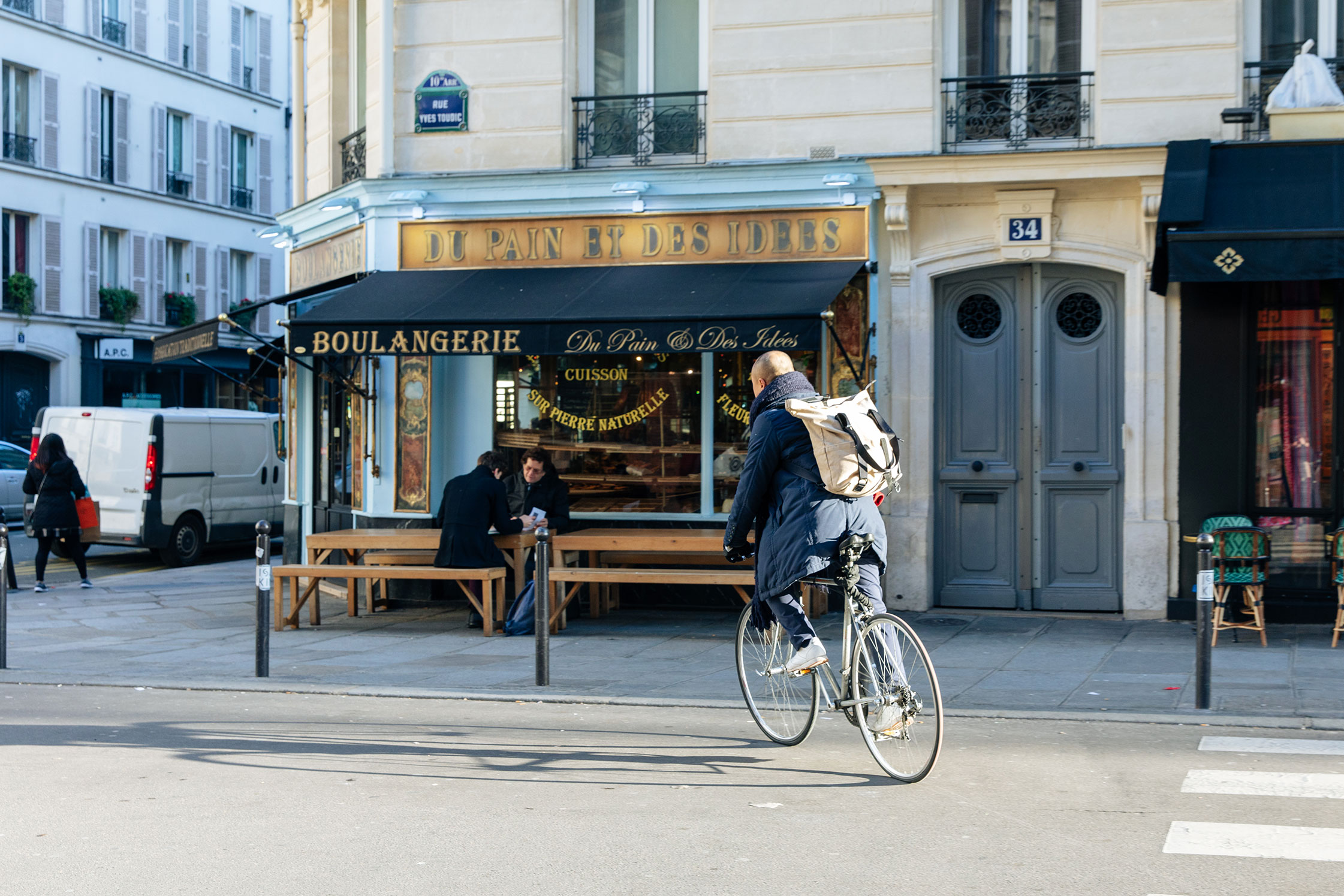
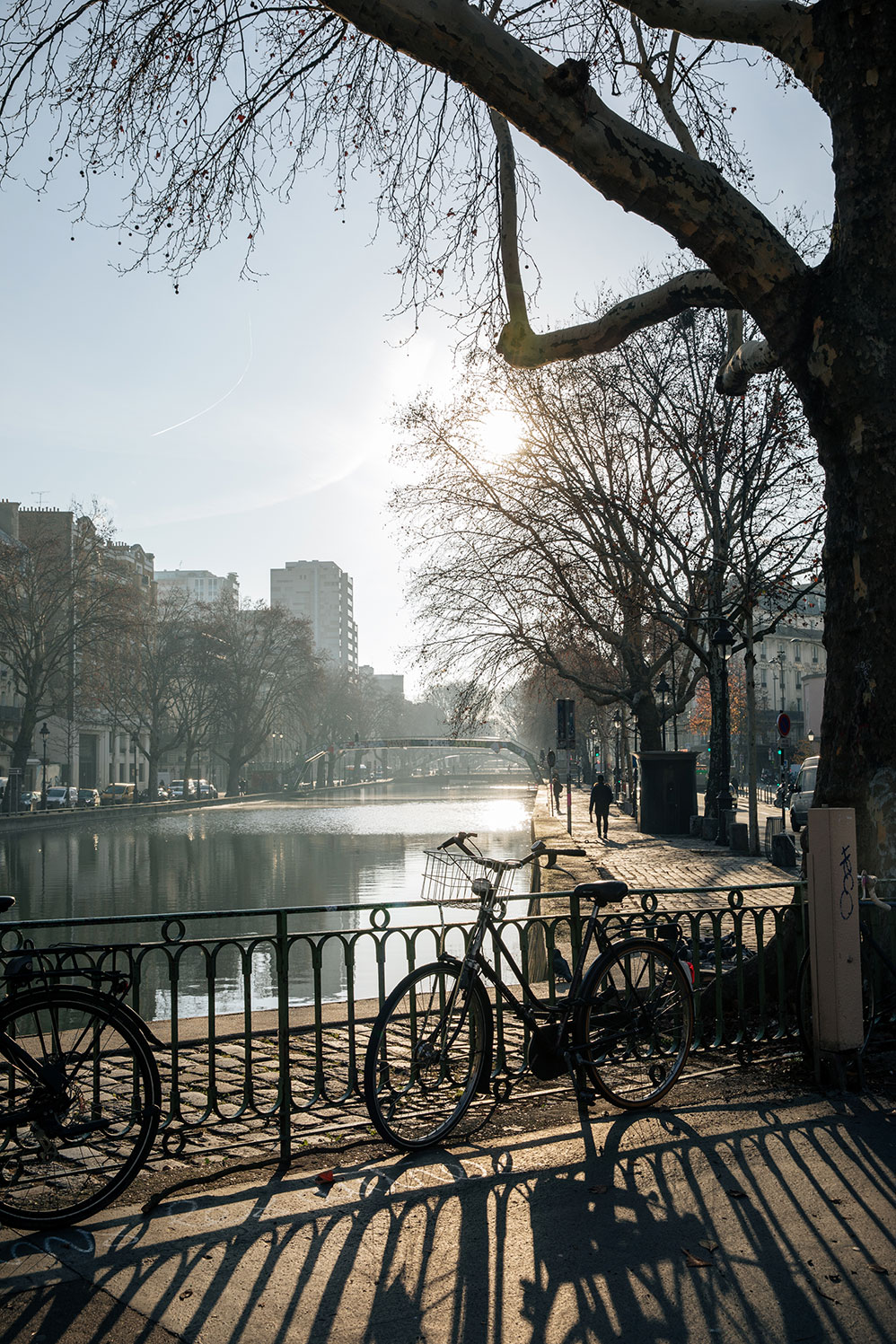


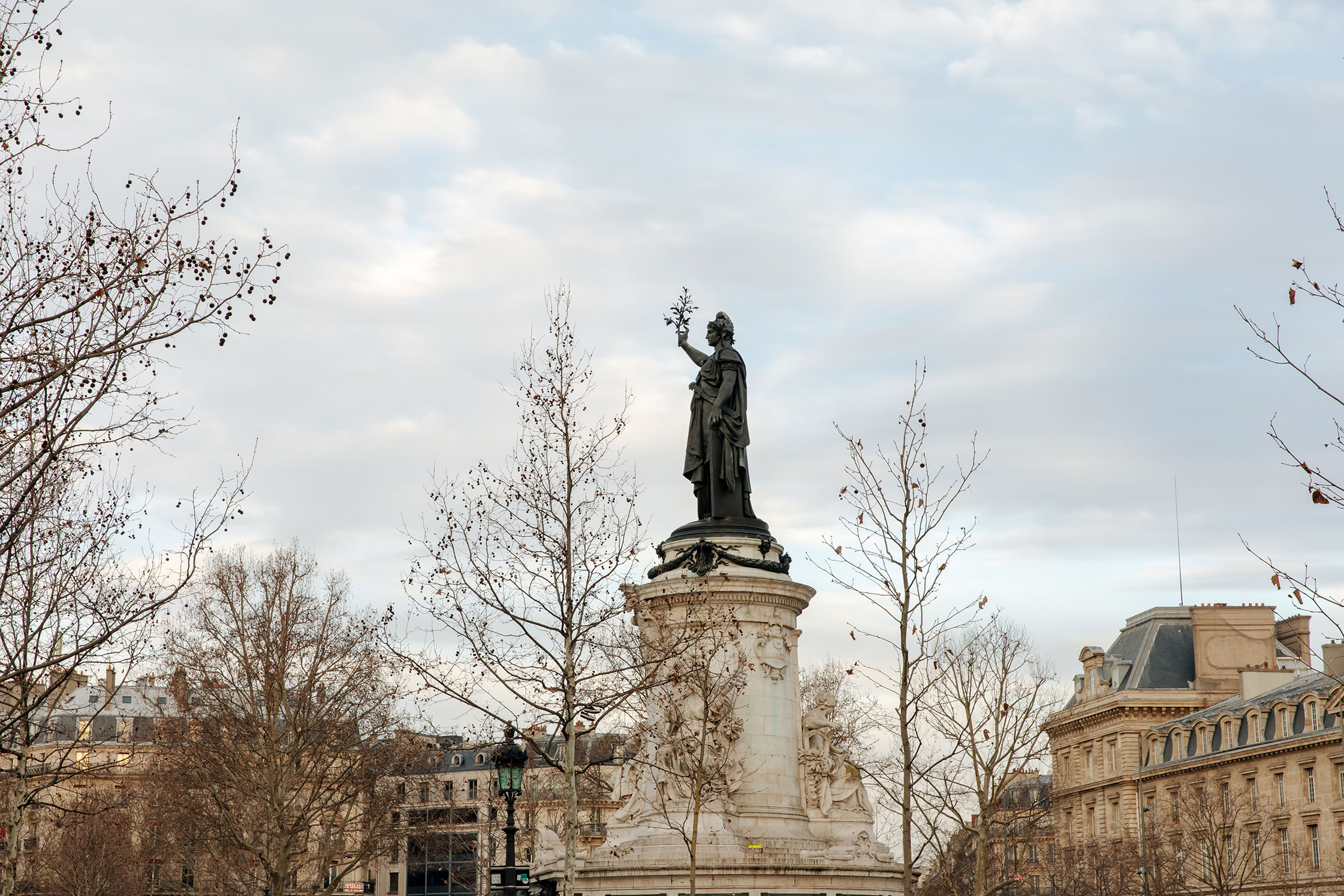
Nevertheless, Tang is adamant about the fact that he doesn’t underestimate the need to be commercially viable: “I hold no illusions about the need for profit, so at the end of the day the principle structure still remains that of a commercial gallery. But I also see that the structure needs to be different and needs to be able to recognize the importance of the fundamentals, meaning the development of an emerging artist—thus the emphasis is on the work produced and the market comes second.” Tang is also quick to point out that having these priorities doesn’t preclude him from being ambitious; he’s proud of Galerie Joseph Tang’s reputation, and is excited to share the latest achievements of the artists with whom he works: Daiga Grantina, whose main medium is sculpture, will be representing Latvia (her country of origin) at the 2019 Venice Biennale, and multi-disciplinary artist Julie Béna currently has works on view at Paris’ prestigious Jeu de Paume museum.
“I’m making my collectors work—they’re not just there to contribute money by buying, they have to contribute in other ways. They’re part of the story.”
Tang, who was born in Hong Kong and raised in California, attended the San Francisco Art Institute (SFAI) and worked as an artist himself before entering the gallery world. He credits his past experience as an artist for providing him with a productive advantage: “It allows for a deeper and more intuitive understanding of the artists I work with, thus helping me say something more meaningful about them to a potential collector.” Being genuine is of prime importance to Tang, who also sees collectors as part of the horizontal hierarchy he has established. “I’m making my collectors work—they’re not just there to contribute money by buying, they have to contribute in other ways. They’re part of the story: they come, they ring the doorbell, they want to see what’s going on.”
Being—and remaining—genuine is in fact at the heart of Tang’s refusal to give into the art world’s obsession with growth: “If you go from being a 60m2 gallery to a 600m2 gallery, your artists won’t survive that. You won’t be able to pay rent. But people do it because that’s what they think they’re supposed to do. It’s silly. Us, we try to sell things that are meaningful. We’re not here to make other people happy, to fulfill their expectations. We develop in a way that makes sense for us.”
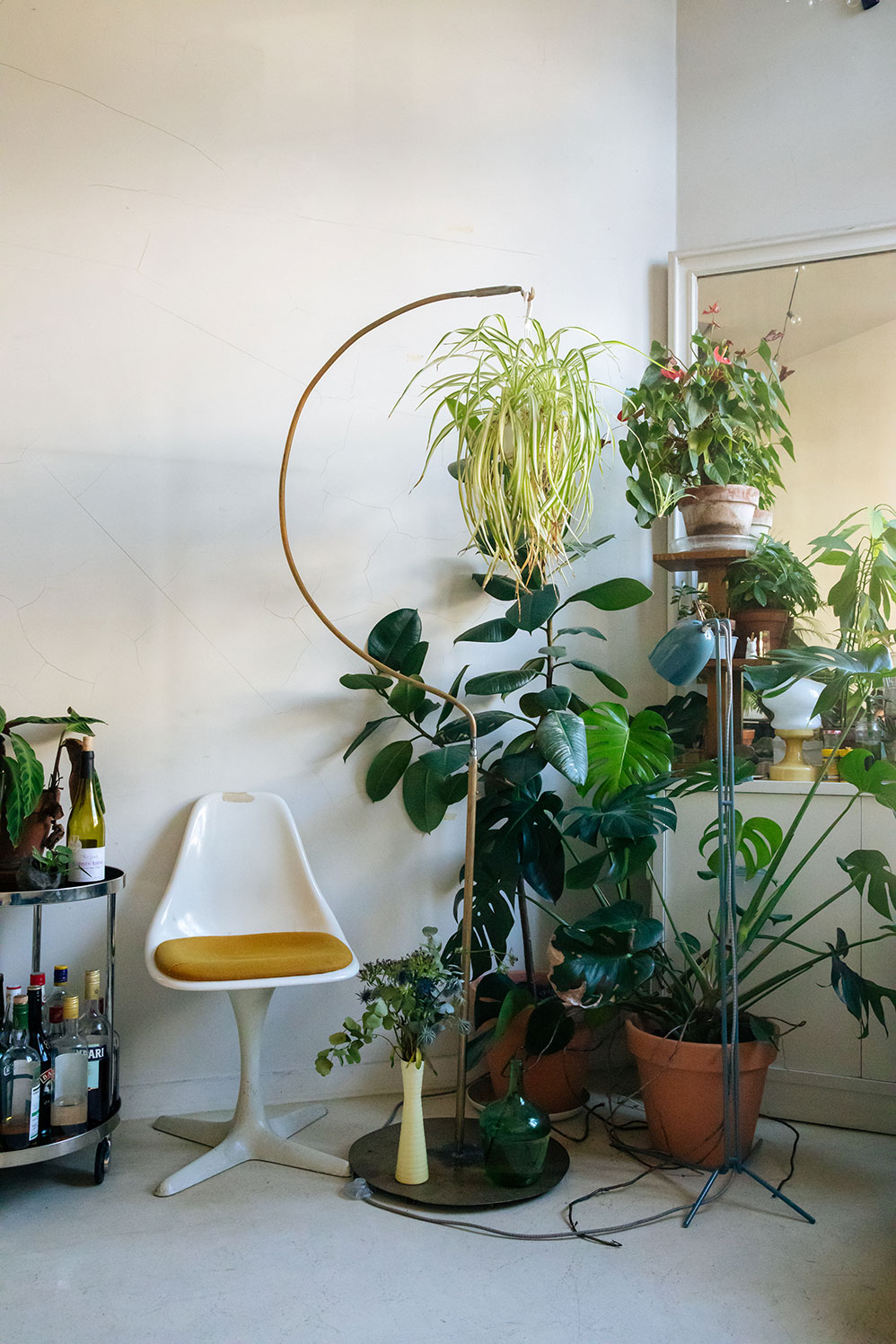
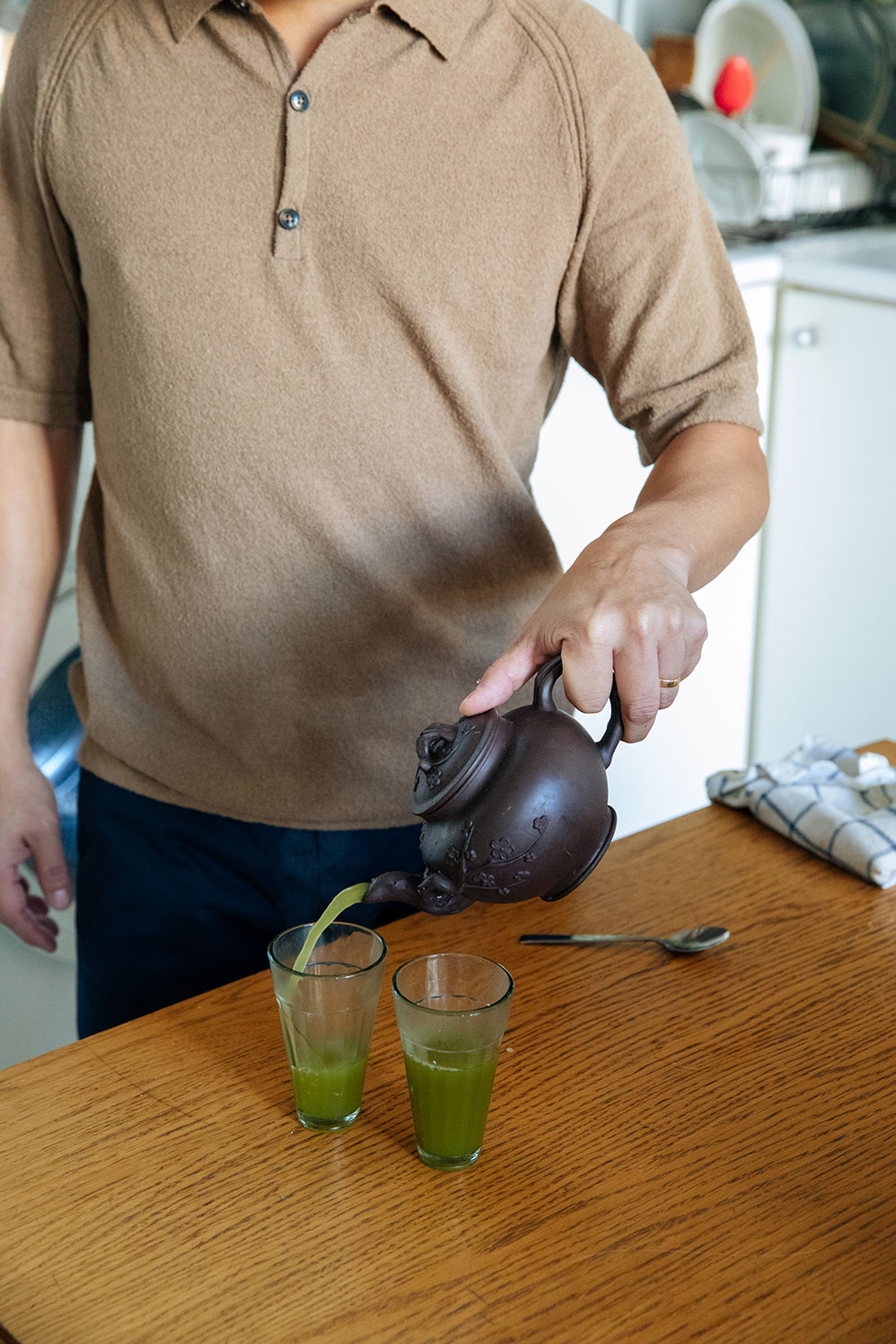


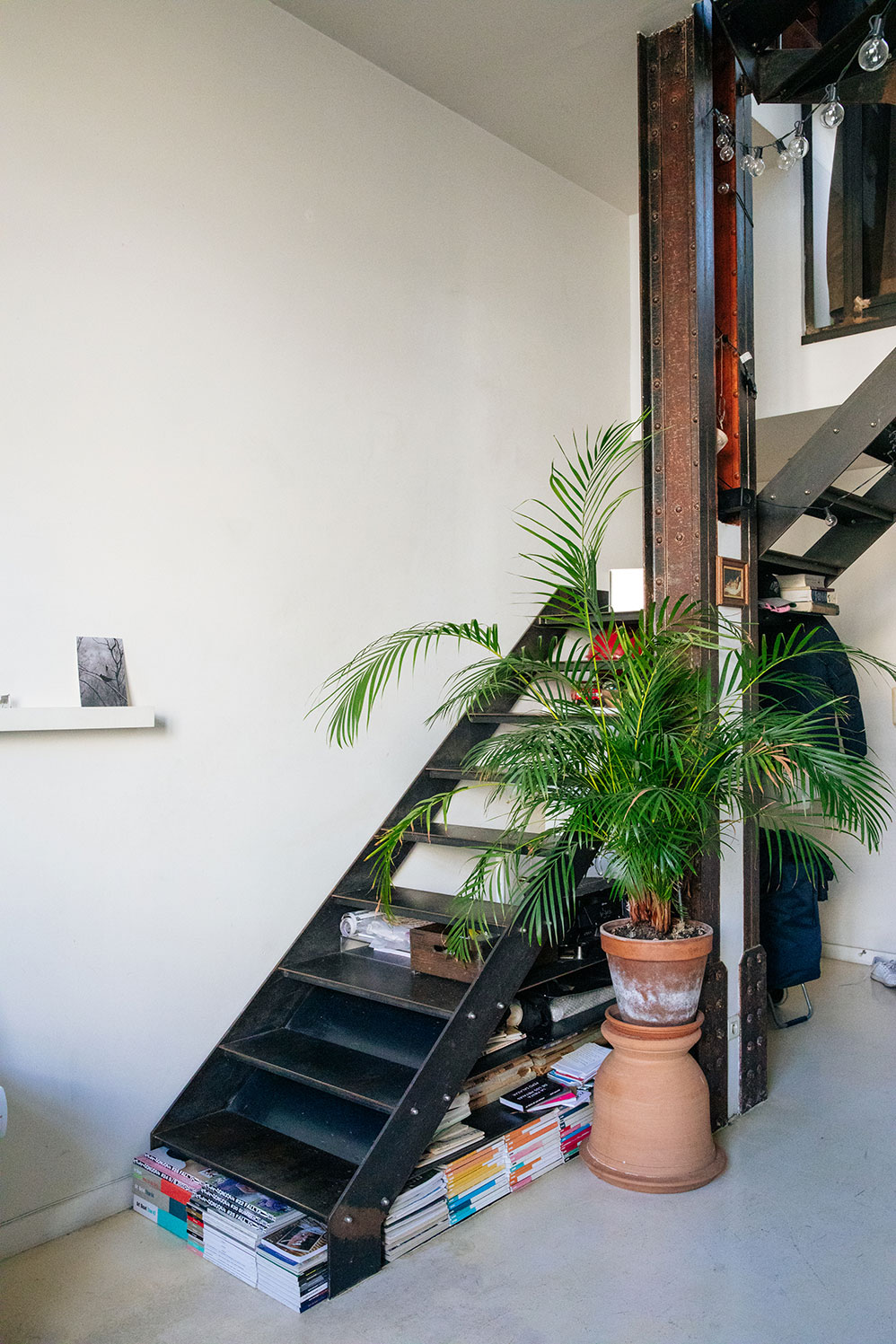
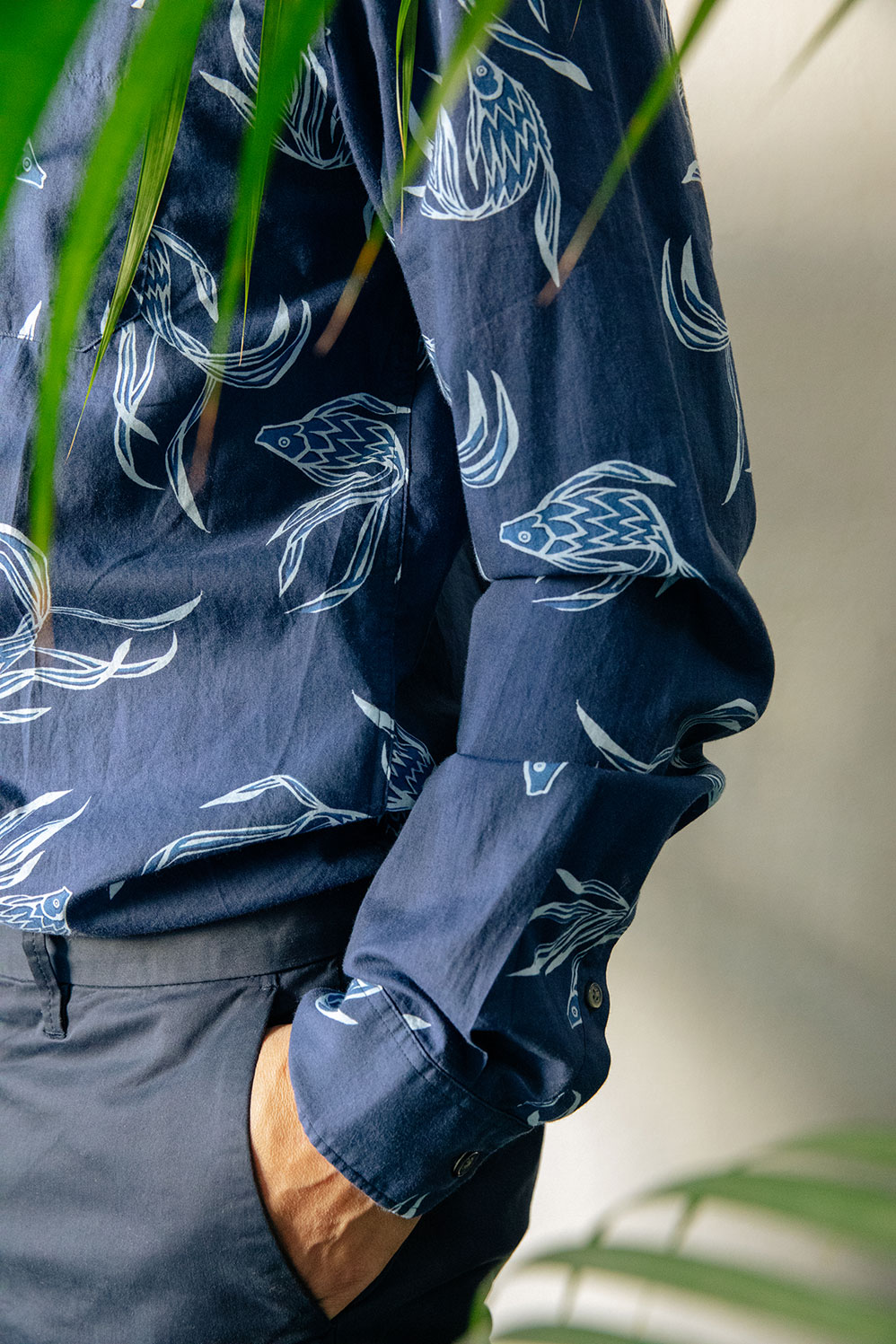
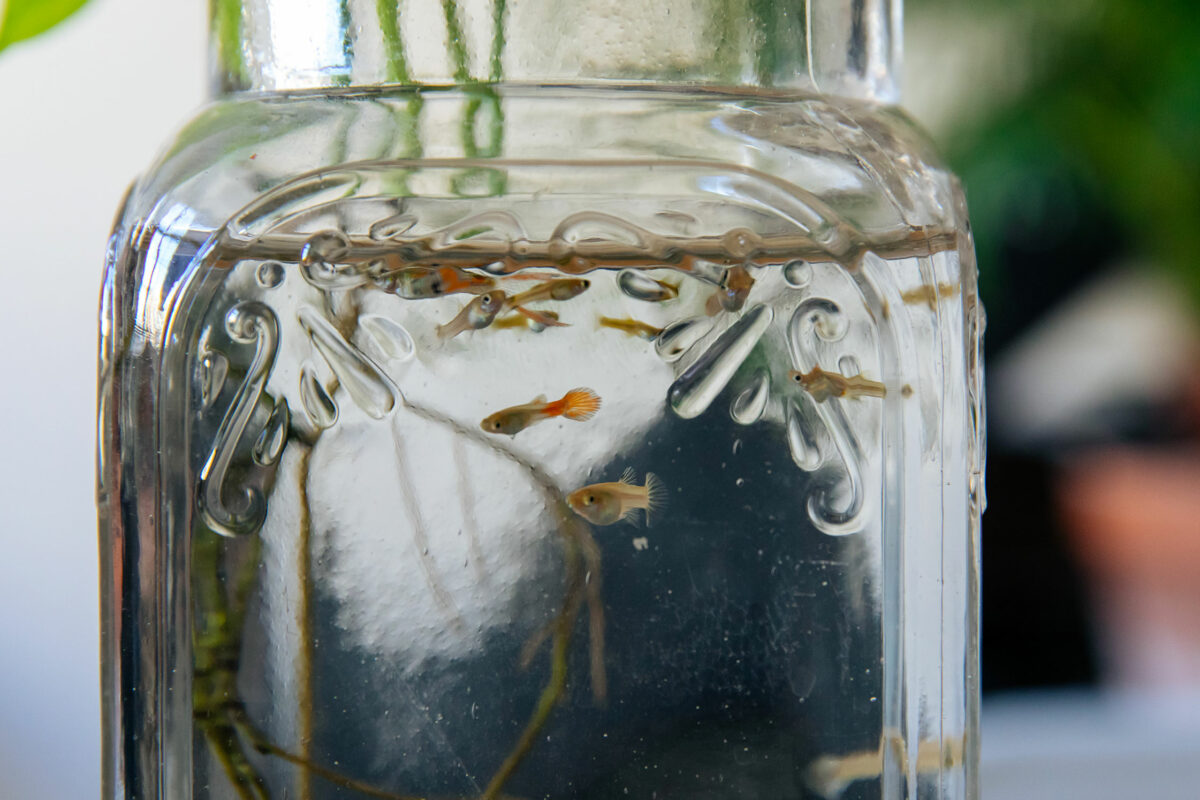

Joseph Tang is an art dealer currently based in Paris. Since opening his gallery in the French capital in 2011, Tang has fostered an innovative approach with both artists and collectors, shifting perceptions of the art world in the process. To find out more about his work, head over to Galerie Joseph Tang’s website. Or, if you’d like to read more Friends of Friends stories about changemakers in the art industry, why not check out this interview with Monica Bonvicini, the Berlin-based artist known for making bold sculptures examining the relationships between architecture, gender, and power.
Text: Noelia Hobeika
Photography: Virginie Garnier
